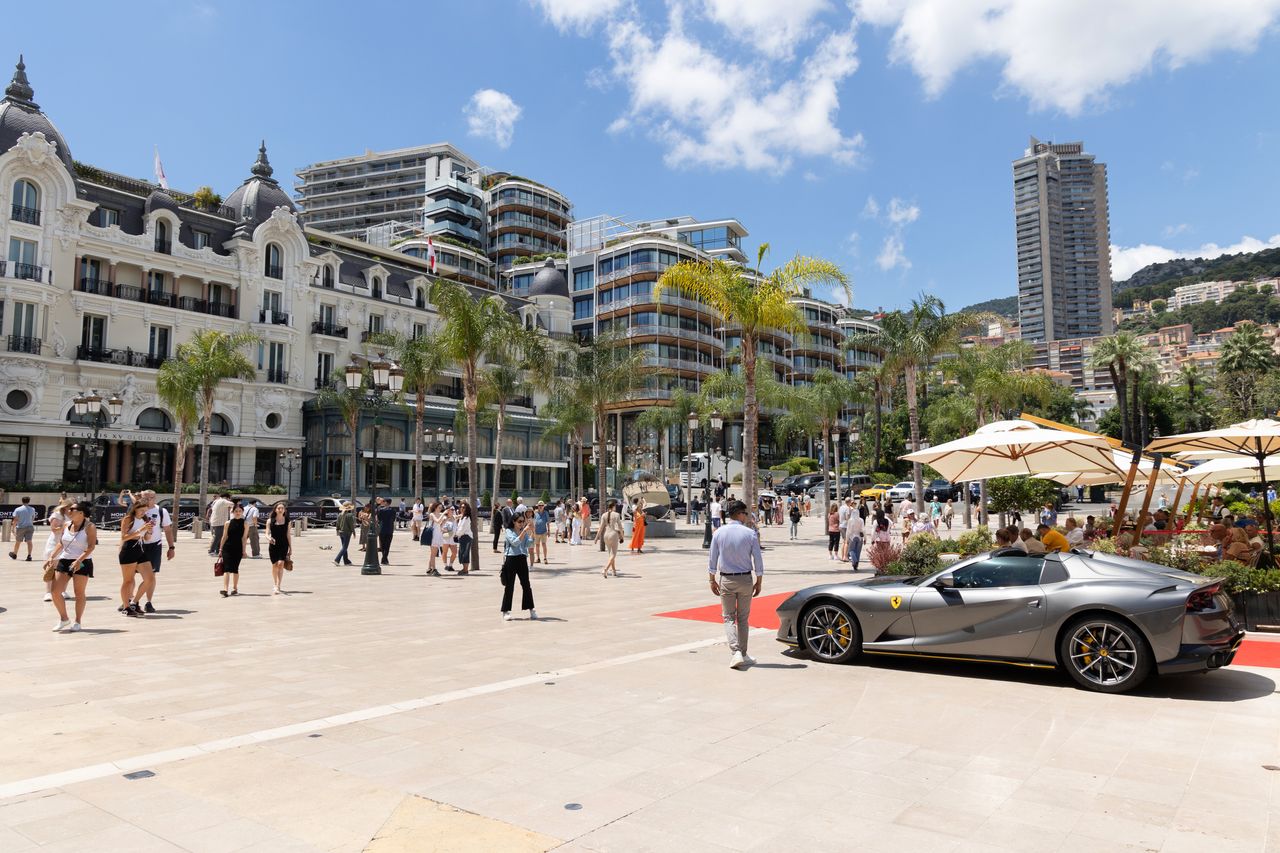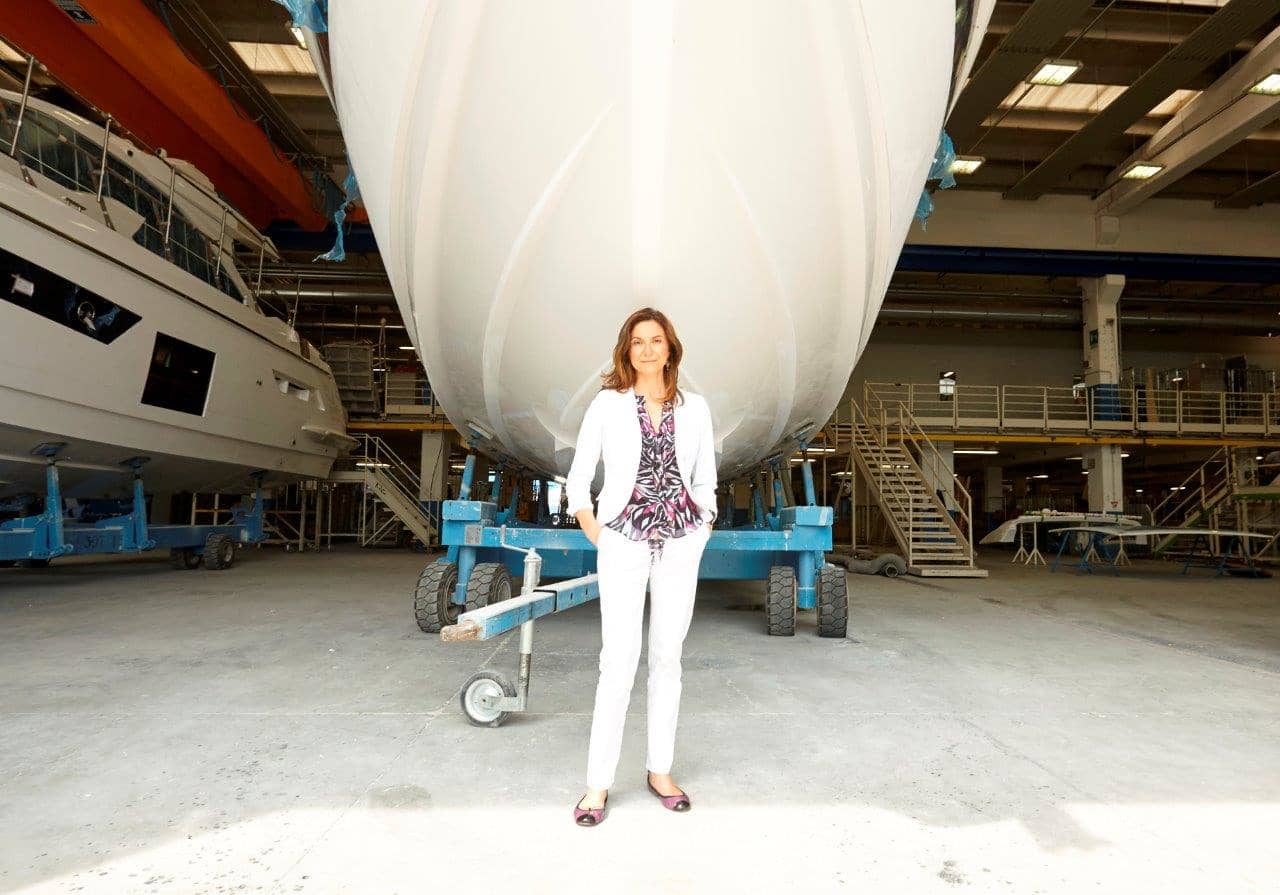How Many Credit Cards Should I Have?
Over my 30-plus-year career as a financial educator, I’ve answered thousands of credit-related questions, but there’s one that’s always on the top of the list. “How many credit cards do I need?” There’s no set number that’s right for everyone. The average American with a credit score has three cards, according to Experian . (Though people with perfect credit scores tend to have six.) The truth is, while there is no magic number of credit cards that will work for all people, there is probably a sweet spot that will work for you. It will be based on your spending habits and credit, as well as how much time and effort you want to put into managing the plastic in your wallet. Use this guide to identify what kind of credit card user you are—and how many credit cards you should have.
If you need to build credit…
How many cards: 1
Most issuers require credit scores of 680 or above, especially for premium reward cards. If your scores are below 630, though, you’ll probably need to consider a credit card that will help you build or rebuild credit. (Not sure of your credit score? Free credit scores are available from a variety of sources.) A secured credit card can be a smart option if you don’t have a very good credit score . Secured cards typically require a security deposit that is refundable when you close the account. Your credit line is often equal to your deposit. Make your monthly payments on time and you’ll build credit that may help you qualify for additional cards in as little as six to 12 months. Once your credit scores are higher, you can shop for the card you really want.
If you don’t want to play the points game…
How many cards: 2
You want a credit card for convenience and you like perks, but you want to keep it simple. A cash back card is a perfect choice for you, as everyone can use more cash. Although you’re likely to use that card for most of your spending, I recommend you have a second card as a backup in case your card is stolen or declined. A second credit card can also help boost your credit score . That’s because having more credit available to you will lower your “credit utilization ratio,” which compares your credit limit to your balance. If your credit report lists a credit card with a $10,000 limit and a $3,000 balance, for example, your utilization is 30%. “Try to keep utilization below 30%,” recommends Jeff Richardson, vice president and group head at VantageScore Solutions. (VantageScore is one of the two major companies that creates credit scores. FICO is the other.)
If you want points but not a lot of hassles…
How many cards: 4 to 5
You want points and perks but you won’t agonize over every purchase to make sure you use the optimal card each time. You can benefit from a few cards that offer bonus rewards in the categories where you spend the most. Popular reward bonus categories are U.S. supermarkets, restaurants/dining, gas stations/fuel and hotels. Make sure other purchases go on a card offering a good ongoing reward rate: Aim for 2% cash back or 2x points. In addition to two cards from major issuers, you may also want a store card from a favorite retailer. But be careful with store cards. I once missed a payment on a retail card because it wasn’t in the normal rotation of bills I pay, and the late fee and interest were steep. To pick the right card, you’ll need to understand your spending habits. Your current credit card issuer likely offers a spending report that will break down previous spending for you. Or if you use a budgeting app , such as Mint or YNAB, you can view your top spending categories there.
If you love points—and you’re willing to be a little obsessive…
How Many Cards: 10 or more
You want to earn rewards, lots of them, and your goal is to earn more than one or two points per dollar spent, or 1% to 2% cash back, whenever possible. You have excellent credit and you’re comfortable opening new cards. You’re also willing to pay an annual fee of several hundred dollars when you know the rewards you earn will easily offset that cost. That means you’re willing to use specific cards for different types of purchases, which may mean one card for groceries, another for gas and another for travel. When you’re trying to earn a welcome offer, though, you’ll prioritize using that card to meet the spending requirement, which usually means spending several thousand dollars in the first three to six months after you’re approved for the card. You may also want a co-branded airline credit card with the airline you fly frequently to earn perks such as free checked bags and priority boarding, and a co-branded hotel credit card with your favorite brand to earn upgrades and free stays. All of this analysis takes a lot of work, and it may mean you use a spreadsheet to keep track of perks, annual fees and progress toward spending requirements. Or you may turn to a number of apps that help you decide which card to use for specific purchases.
If you have a small business or side hustle…
Cards: 2 in addition to your personal cards
Use business credit cards to make tax time simpler by separating your business and personal purchases. And to earn rewards on business purchases, of course. You don’t have to have a huge payroll—or any payroll at all. Freelancers, gig workers and side hustlers qualify for many small business credit cards that can be a great addition to your personal card. Most small business credit cards require a good personal credit score and sufficient income from all sources, not just the business. However, many business credit cards don’t appear on consumer credit reports, which means they don’t impact your credit scores as long as you pay on time. Similar to choosing a personal credit card, pick your business credit cards based on your spending habits. Someone with an e-commerce business, for example, may spend heavily on shipping and online advertising, while a service-based business may have higher fuel expenses. As your business grows, you’ll likely need more cards for different types of purchases or to increase your credit lines.
 Copyright 2020, Dow Jones & Company, Inc. All Rights Reserved Worldwide. LEARN MORE
Copyright 2020, Dow Jones & Company, Inc. All Rights Reserved Worldwide. LEARN MORE
This stylish family home combines a classic palette and finishes with a flexible floorplan
Just 55 minutes from Sydney, make this your creative getaway located in the majestic Hawkesbury region.
Continued stagflation and cost of living pressures are causing couples to think twice about starting a family, new data has revealed, with long term impacts expected
Australia is in the midst of a ‘baby recession’ with preliminary estimates showing the number of births in 2023 fell by more than four percent to the lowest level since 2006, according to KPMG. The consultancy firm says this reflects the impact of cost-of-living pressures on the feasibility of younger Australians starting a family.
KPMG estimates that 289,100 babies were born in 2023. This compares to 300,684 babies in 2022 and 309,996 in 2021, according to the Australian Bureau of Statistics (ABS). KPMG urban economist Terry Rawnsley said weak economic growth often leads to a reduced number of births. In 2023, ABS data shows gross domestic product (GDP) fell to 1.5 percent. Despite the population growing by 2.5 percent in 2023, GDP on a per capita basis went into negative territory, down one percent over the 12 months.
“Birth rates provide insight into long-term population growth as well as the current confidence of Australian families,” said Mr Rawnsley. “We haven’t seen such a sharp drop in births in Australia since the period of economic stagflation in the 1970s, which coincided with the initial widespread adoption of the contraceptive pill.”
Mr Rawnsley said many Australian couples delayed starting a family while the pandemic played out in 2020. The number of births fell from 305,832 in 2019 to 294,369 in 2020. Then in 2021, strong employment and vast amounts of stimulus money, along with high household savings due to lockdowns, gave couples better financial means to have a baby. This led to a rebound in births.
However, the re-opening of the global economy in 2022 led to soaring inflation. By the start of 2023, the Australian consumer price index (CPI) had risen to its highest level since 1990 at 7.8 percent per annum. By that stage, the Reserve Bank had already commenced an aggressive rate-hiking strategy to fight inflation and had raised the cash rate every month between May and December 2022.
Five more rate hikes during 2023 put further pressure on couples with mortgages and put the brakes on family formation. “This combination of the pandemic and rapid economic changes explains the spike and subsequent sharp decline in birth rates we have observed over the past four years,” Mr Rawnsley said.
The impact of high costs of living on couples’ decision to have a baby is highlighted in births data for the capital cities. KPMG estimates there were 60,860 births in Sydney in 2023, down 8.6 percent from 2019. There were 56,270 births in Melbourne, down 7.3 percent. In Perth, there were 25,020 births, down 6 percent, while in Brisbane there were 30,250 births, down 4.3 percent. Canberra was the only capital city where there was no fall in the number of births in 2023 compared to 2019.
“CPI growth in Canberra has been slightly subdued compared to that in other major cities, and the economic outlook has remained strong,” Mr Rawnsley said. “This means families have not been hurting as much as those in other capital cities, and in turn, we’ve seen a stabilisation of births in the ACT.”
This stylish family home combines a classic palette and finishes with a flexible floorplan
Just 55 minutes from Sydney, make this your creative getaway located in the majestic Hawkesbury region.






















